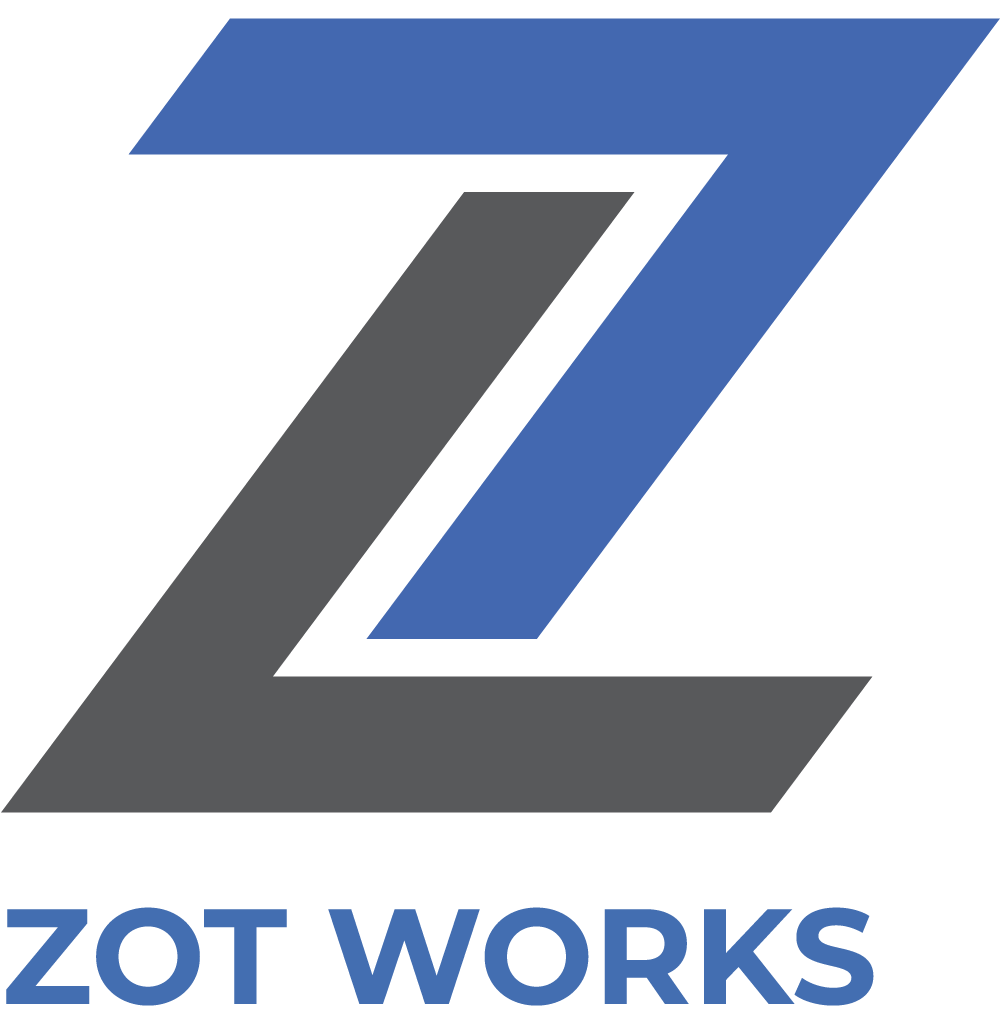Client Background
DigiClinics Research and Services Pvt Ltd, based in Hyderabad, is a leading provider of diagnostic and research services. They specialize in managing and analyzing Whole Slide Imaging (WSI) for pathology and radiology. As their operations expanded, the need for a sophisticated and integrated imaging platform became essential to maintain their competitive edge in the medical imaging industry.
Challenge
DigiClinics faced several challenges that necessitated the development of a new imaging platform:
- Complexity of Existing Systems: The existing systems were fragmented, with separate modules for different user groups (e.g., hospitals, diagnostic centers, doctors, and annotators). This fragmentation led to inefficiencies in managing imaging data and processing annotations.
- Scalability Issues: The platform needed to scale to handle increasing volumes of WSI images and support the integration of AI algorithms for enhanced image analysis.
- Integration Requirements: There was a need to integrate new AI-based diagnostic tools into the imaging platform, which required significant architectural changes.
- User Accessibility: The platform needed to be accessible to a wide range of users, including administrators, hospital staff, senior doctors, and annotators, with each group requiring different levels of access and functionality.
Objectives
- Develop a Unified Platform: Create an integrated imaging platform that consolidates all functionalities into a single, user-friendly system.
- Enhance Scalability: Design the platform to handle large volumes of WSI images and support the integration of AI algorithms.
- Improve User Experience: Provide a seamless and intuitive user interface tailored to the needs of different user groups.
- Ensure Data Security: Implement robust security measures to protect sensitive medical data across the platform.
Solution
Zot Works proposed and developed an advanced Imaging Platform tailored to the needs of DigiClinics. The solution encompassed several key components:
Technical Highlights:
- Unified Imaging Platform: The new system integrates functionalities for administrators, diagnostic centers, hospital staff, and doctors into a single platform, simplifying management and access to imaging data.
- AI Integration: The platform supports the integration of AI algorithms, allowing for automated analysis of WSI images, which enhances diagnostic accuracy and efficiency.
- Customizable User Access: Different user roles (e.g., Admin, Hospital Admin, Senior Doctors, Annotators) were provided with role-specific access to the platform’s functionalities, ensuring that each group could perform their tasks efficiently.
- Advanced Image Annotation: The platform includes sophisticated annotation tools, integrated with the OpenSeaDragon viewer, allowing doctors and annotators to mark up and analyze images in detail.
Key Features
- Admin Module: Manage hospitals, users, and diagnostic centers, control access to the image repository, and generate billing information.
- Diagnostic Center Module: Upload WSI images, manage patient data, and interface with the AI pipeline for image analysis.
- Hospital Admin Module: Oversee hospital operations, manage patient data, and facilitate collaboration between doctors and annotators.
- Doctor and Annotator Modules: Allocate and annotate images, view AI-generated markers, and review results in the OpenSeaDragon viewer.
Implementation Process
The project was executed in phases, beginning with an assessment of the existing Histomics system, followed by the development of new features in the OpenSeaDragon phase. The project was completed over 6 weeks, adhering to a detailed timeline:
Timeline Breakdown
- Infrastructure Setup: Initial setup of the platform’s infrastructure, including API, UI, and database configurations.
- Development: Focus on implementing the new features, including AI integration, image management, and user access customization.
- Testing and Validation: Extensive testing to ensure the platform met all functional and performance requirements.
- Deployment and Support: The platform was deployed on AWS with ongoing support to address any post-deployment issues.
Technologies Used
- Front End: HTML5, Vue, CSS3
- Backend API: Python / NodeJS
- Imaging Annotation: DSA / OpenSeaDragon
- Database: MongoDB
- Hosting: AWS
Results
The new Imaging Platform delivered significant improvements for DigiClinics:
- Increased Efficiency: By consolidating various functions into a single platform, DigiClinics significantly reduced the time required to manage and analyze imaging data.
- Enhanced Diagnostic Accuracy: The integration of AI algorithms provided doctors with advanced tools to analyze images, leading to more accurate diagnoses.
- Scalability: The platform was designed to handle increasing volumes of data, ensuring that DigiClinics could continue to grow its operations without performance degradation.
- Improved User Experience: The platform’s intuitive interface and role-specific functionalities enhanced user satisfaction across all levels of the organization.
Conclusion
This project demonstrates Zot Works’ expertise in developing complex, scalable platforms that meet the specific needs of the healthcare industry.


